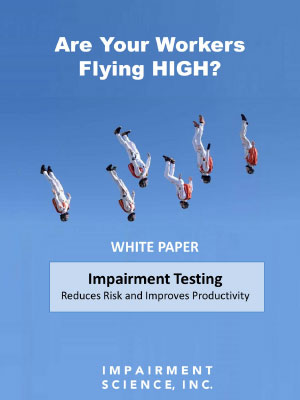
The legalization of cannabis and the limitations of traditional drug testing put companies at serious risk. Download this White Paper for practical advice and a step-by-step guide for deploying a proven solution that detects any kind of impairment in one minute.
Sponsored by Impairment Science, Inc.
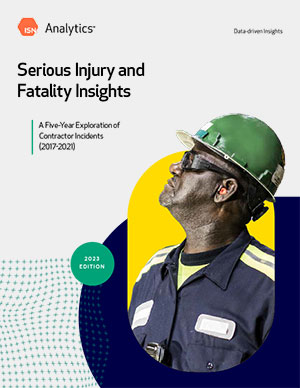
ISN, the global leader in contractor and supplier information management, released its latest Serious Injuries and Fatalities (SIFs) White Paper to further its mission of promoting safer work environments for everyone.
Sponsored by ISN
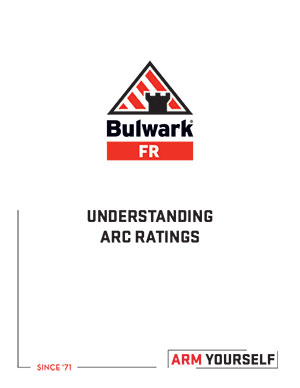
This whitepaper addresses the arc flash hazard, a brief history of the arc rating system, and how it all comes together in the form of arc-rated FR fabrics to keep you and your crew compliant.
Sponsored by Bulwark FR®
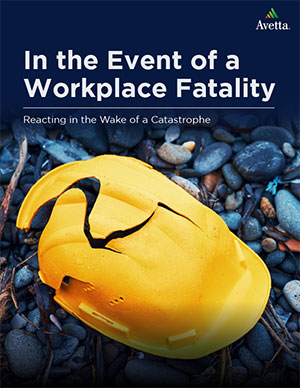
In this Avetta white paper, you will learn how to react post-fatality in regard to; immediate next steps for the employee, the deceased employee's family, your workplace, insurance, and OSHA.
Sponsored by Avetta®

EHS professionals often find that creating a budget is one of the toughest parts of their job. Download this e-book for practical advice and step-by-step instructions to create a budget that management will approve.
Sponsored by SafetySkills
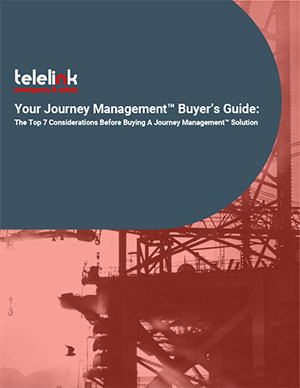
Implementing a Journey Management solution is a massive undertaking. Due diligence can be cumbersome, so we've put together this checklist of 7 things to consider before choosing your Journey Management technology and service partner.
Sponsored by Telelink
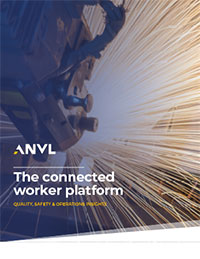
Learn from Anvl why Connected Worker solutions are critical for Quality, Safety, and Operations Leaders to stay competitive in a data-driven world, and how to integrate these solutions in an effective and efficient way.
Sponsored by Anvl
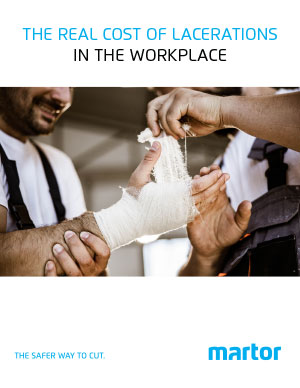
There’s no doubt that workplace-related injuries impose costs upon companies, but how much? The numbers are higher than you think. For company leaders that want to promote the health and safety of their employees, preventing lacerations is crucial.
Sponsored by Martor® USA
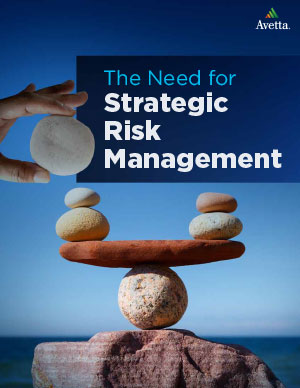
Learn from Shawn Galloway of ProAct Safety & Avetta; how to create a strategic risk mitigation plan, what are the best practices for a robust enterprise risk culture and why subcontractor management and prequalification are important.
Sponsored by Avetta®
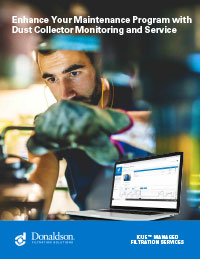
Utilize connected technology to remotely monitor dust collectors. Save time and money while freeing up your facility maintenance team to focus on critical priorities. Let Donaldson help you with remote monitoring and customized service today.
Sponsored by Donaldson